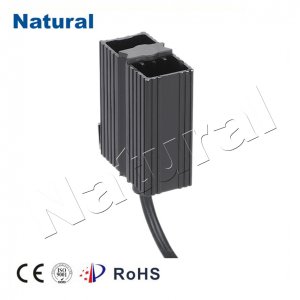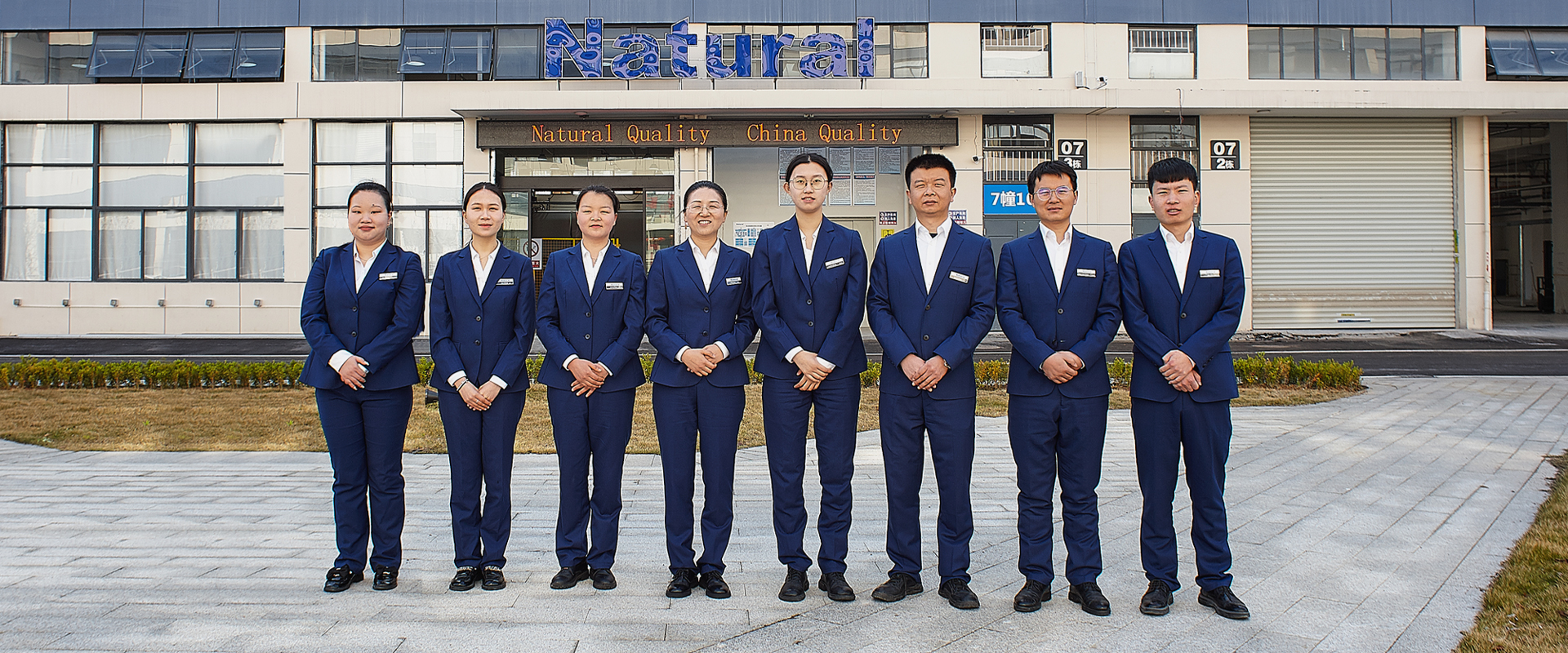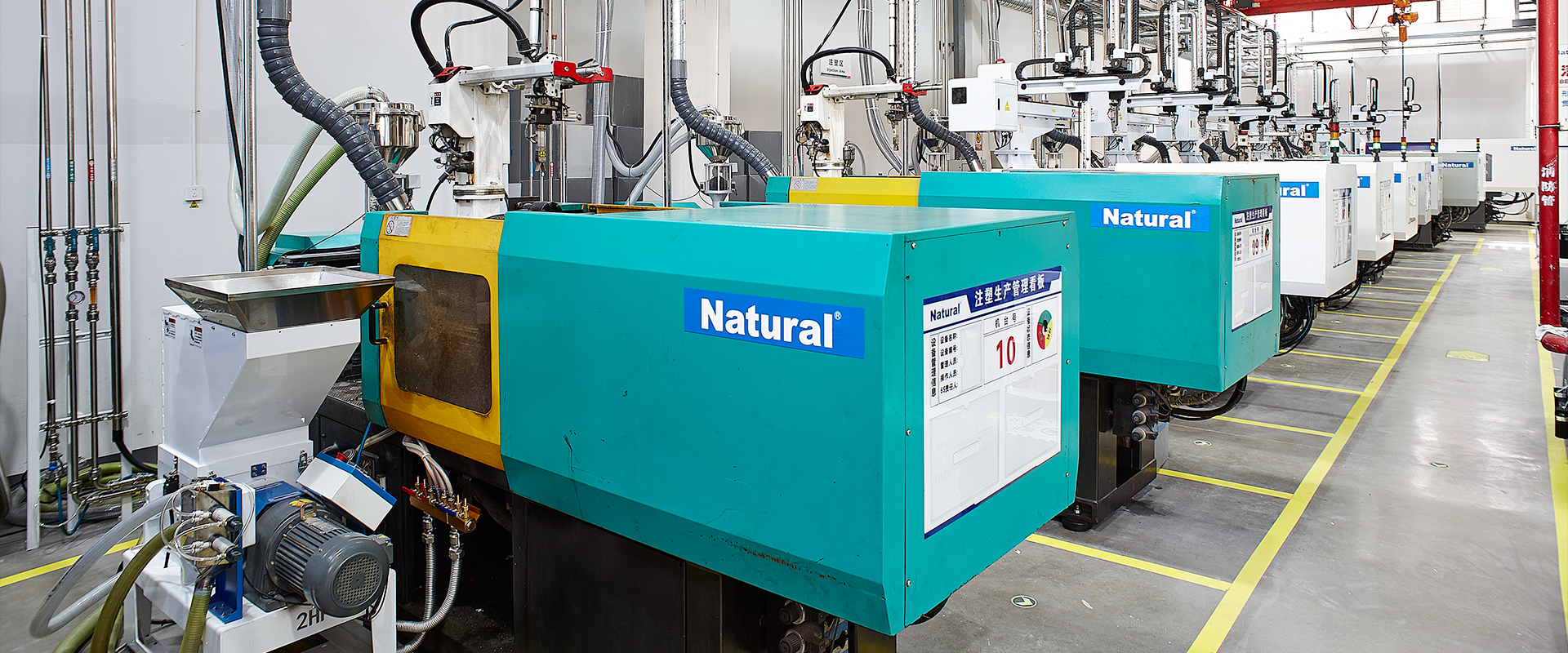PTC Heater Elements: Revolutionizing Heating Technology

Introduction Heating technology has come a long way since the days of open flames and basic resistive elements. In today's world, PTC (Positive Temperature Coefficient) heater elements have emerged as a groundbreaking innovation that has revolutionized the way we heat our homes, offices, and industrial spaces. In this article, we will explore the principles behind PTC heater elements, their applications, and the advantages they bring to the world of heating technology.
Understanding PTC Heater Elements
PTC heater elements are based on the concept of resistive heating, but they incorporate unique characteristics that set them apart from traditional heating elements. The key feature of PTC heaters is their positive temperature coefficient, which means that their resistance increases with rising temperature. This self-regulating property plays a pivotal role in their functionality.
How PTC Heater Elements Work
PTC heater elements are typically composed of a ceramic material doped with a conductive material such as barium titanate. When an electric current flows through the element, it generates heat due to its resistance. As the temperature rises, the resistance of the element also increases, which in turn limits the amount of current passing through it. This self-limiting behavior prevents overheating and eliminates the need for external temperature control devices.
Applications of PTC Heater Elements
Space Heaters:PTC heater elements are widely used in space heaters for homes and offices. They provide efficient and safe heating by maintaining a consistent temperature within the heating element, reducing the risk of fires and energy waste.
Automotive Heaters:PTC heater elements are utilized in automotive heating systems to defrost windows, warm the interior, and maintain a comfortable cabin temperature.
Industrial Equipment:Many industrial processes require precise and controlled heating. PTC heater elements find applications in equipment like plastic molding machines, food processing machinery, and 3D printers.
Consumer Electronics:PTC heaters are integrated into various consumer electronics such as hair dryers and curling irons to provide quick and safe heating.
Advantages of PTC Heater Elements
Safety:PTC heaters are inherently safe due to their self-regulating nature. They are less prone to overheating, reducing the risk of fires and electrical hazards.
Energy Efficiency:PTC heater elements are highly energy-efficient because they automatically adjust their power consumption based on the desired temperature. This efficiency translates to cost savings and reduced environmental impact.
Longevity:PTC heaters have a longer lifespan compared to traditional heating elements, thanks to their self-limiting feature, which reduces wear and tear.
Quick Heating:These elements heat up rapidly, providing almost instant warmth in various applications.
Compact Design:PTC heater elements are compact and can be easily integrated into various products and systems, making them versatile and space-efficient.
Conclusion
PTC heater elements have truly transformed the world of heating technology with their unique self-regulating properties and numerous advantages. From household appliances to industrial machinery and automotive systems, PTC heaters have found applications in a wide range of fields, offering safety, energy efficiency, and reliability. As technology continues to advance, we can expect further innovations in PTC heating elements, making them even more integral to our daily lives.
 28 items Patent
28 items Patent
 28 items Patent
28 items Patent
 28 items Patent
28 items Patent








